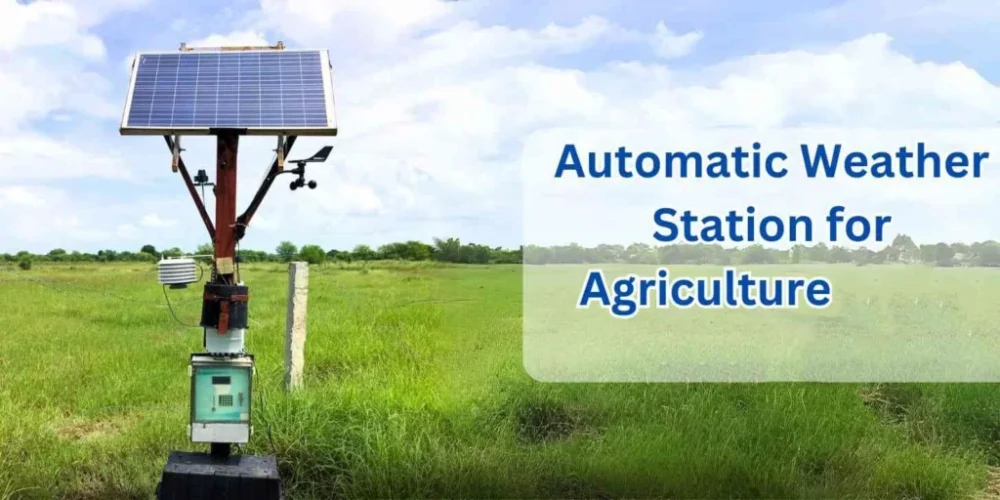
# Automatic Weather Station: Definition and Functionality
An Automatic Weather Station (AWS) is a sophisticated system designed to collect and record meteorological data automatically. These stations are widely used in various fields, including agriculture, aviation, and environmental monitoring, to provide accurate and timely weather information.
## What is an Automatic Weather Station?
An Automatic Weather Station is a network of sensors and instruments that measure atmospheric conditions such as temperature, humidity, wind speed, wind direction, rainfall, and barometric pressure. Unlike traditional weather stations that require manual observation, AWS operates autonomously, transmitting data to a central database or directly to users in real-time.
### Components of an Automatic Weather Station
An AWS typically consists of several key components:
– Sensors: These are the primary devices that measure various weather parameters. Common sensors include thermometers for temperature, hygrometers for humidity, anemometers for wind speed, and rain gauges for precipitation.
– Data Logger: This component records the data collected by the sensors. It often includes a memory storage system to save historical data for future analysis.
– Power Supply: AWS units are usually powered by solar panels or batteries, ensuring continuous operation even in remote locations.
– Communication System: This system transmits the collected data to a central server or directly to users. It can use various methods, including satellite, radio, or cellular networks.
## Functionality of an Automatic Weather Station
The primary function of an Automatic Weather Station is to provide accurate and reliable weather data. This data is crucial for a wide range of applications:
– Agriculture: Farmers use AWS data to make informed decisions about planting, irrigation, and harvesting. Accurate weather forecasts help optimize crop yields and reduce the risk of crop failure.
– Aviation: Airports and airlines rely on AWS data to ensure safe takeoffs and landings. Real-time weather information helps pilots navigate through adverse conditions.
– Environmental Monitoring: AWS units are used to monitor climate change, track pollution levels, and study natural disasters. This data is essential for developing strategies to mitigate environmental impacts.
– Research: Scientists use AWS data to study weather patterns, climate trends, and atmospheric phenomena. This research contributes to a better understanding of the Earth’s climate system.
### Advantages of Automatic Weather Stations
Automatic Weather Stations offer several advantages over traditional manual weather stations:
– Accuracy: AWS units provide highly accurate and consistent data, reducing the risk of human error.
– Real-Time Data: The ability to transmit data in real-time allows for immediate analysis and decision-making.
– Remote Operation: AWS units can be deployed in remote or inaccessible locations, providing valuable data from areas that would otherwise be difficult to monitor.
– Cost-Effective: Over time, AWS units can be more cost-effective than manual stations, as they require less maintenance and labor.
In conclusion, Automatic Weather Stations play a vital role in modern meteorology and environmental science. Their ability to provide accurate, real-time data makes them indispensable tools for a wide range of applications, from agriculture to aviation to climate research. As technology continues to advance, the functionality and reliability of AWS units will only improve, further enhancing their value in our daily lives.
Keyword: what is automatic weather station
